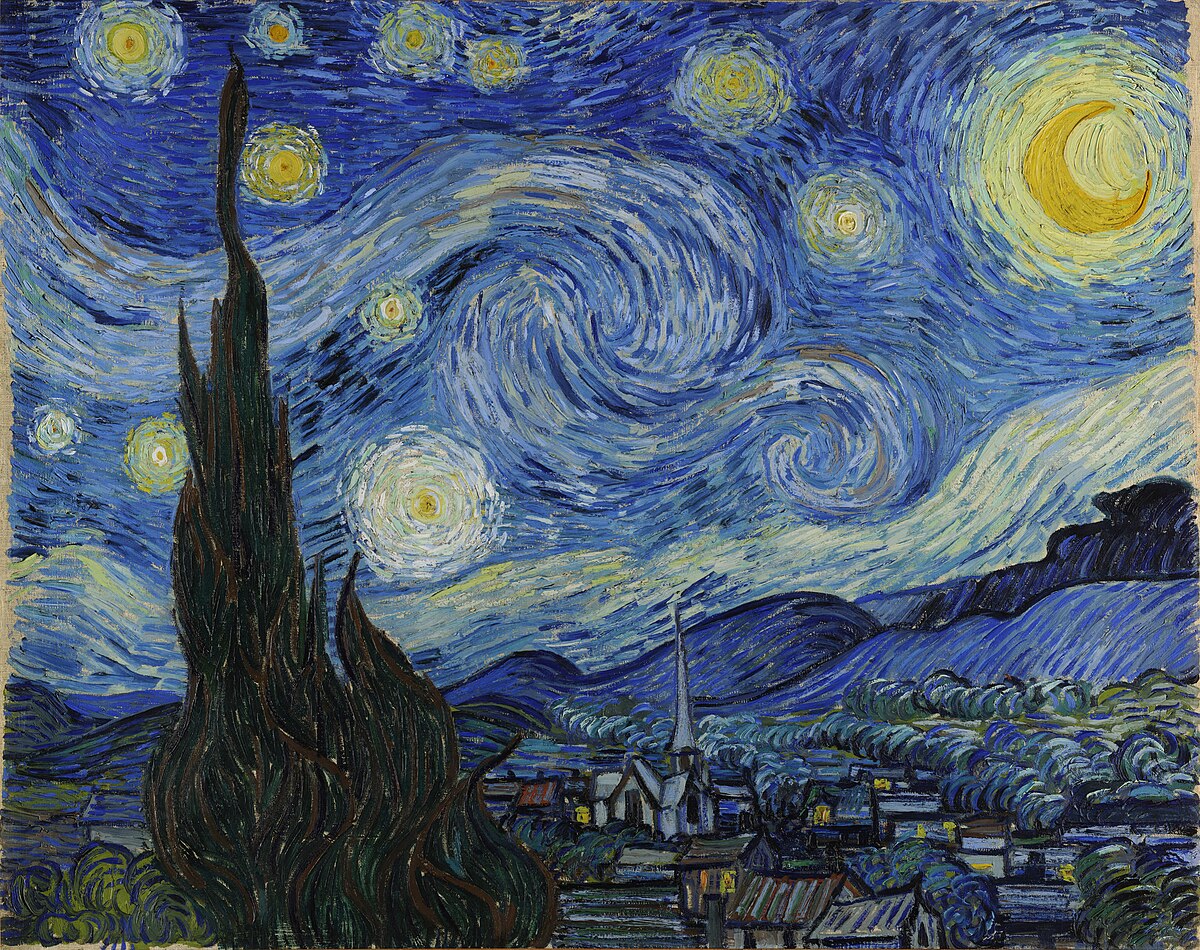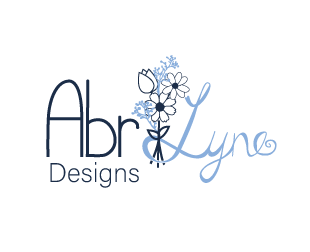This Easter Break was seriously one of the best. I got to spend a ton of time with my family, and it reminded me how important it is to slow down and enjoy those little moments. Around one, we went to my brother-in-law’s grandparents’ house for a big meal. The food was so good — I left feeling super full and totally satisfied. After we ate, we all sat around and watched a bit of basketball, just relaxing and talking. Then, we did an Easter egg hunt in the front yard with my two nephews.
After the food settled, we headed outside to play kickball. I didn’t have the right shoes, so I ended up being the scorer, which turned out to be just as fun. It was great to keep track of the action and cheer everyone on. After we were all done at his grandparent’s house. We went back to my sister’s house, there my newphes had another Easter egg hunt. My brother-in-law joked about it being their third one in 24 hours, which made us all laugh. Nonetheless, the kids didn’t seem to mind one bit they were having the time of their lives, and honestly, so were we.
Spending the day like that reminded me how much I value family time. It wasn’t anything big, just good food, lots of laughs, and simple fun. That’s what made it so special. This Easter was full of those moments that stick with you, and I walked away feeling grateful and happy. Days like that are a reminder that the best memories usually come from just being with the people who matter most. I love my family very much and appreciate every moment with them.





